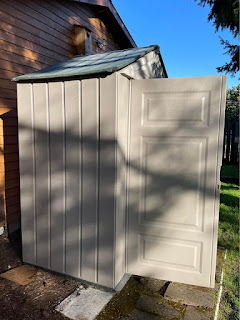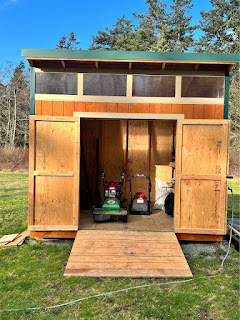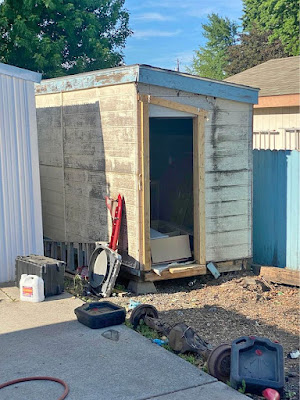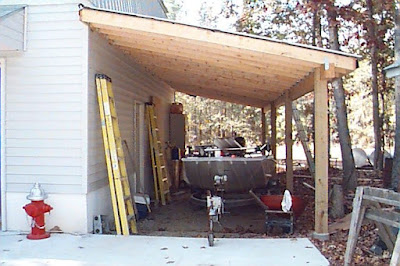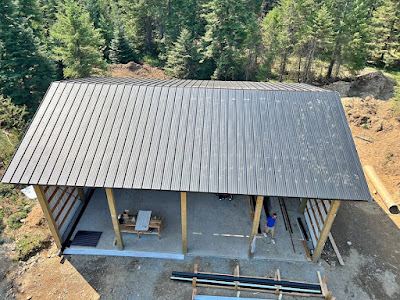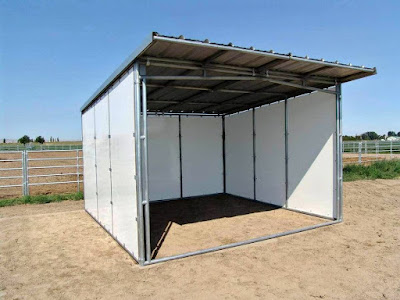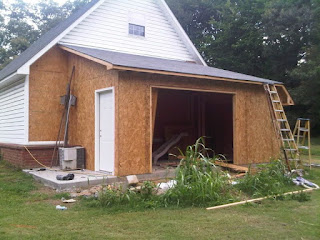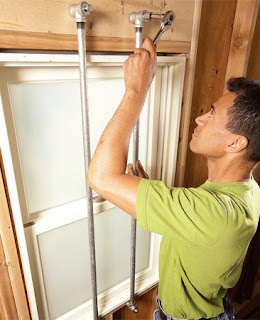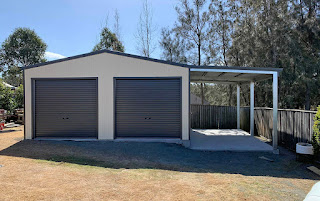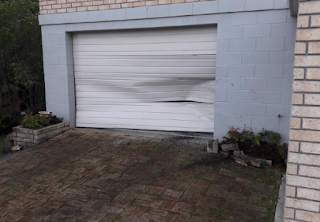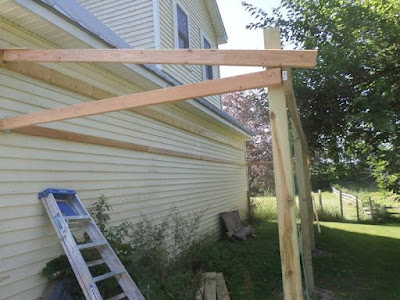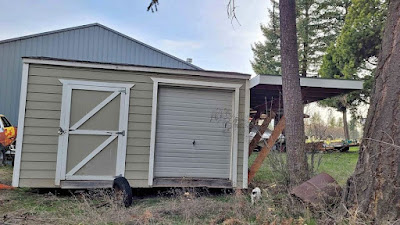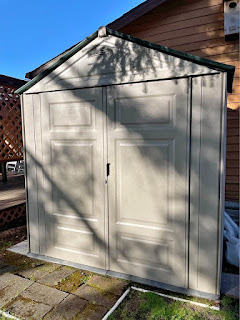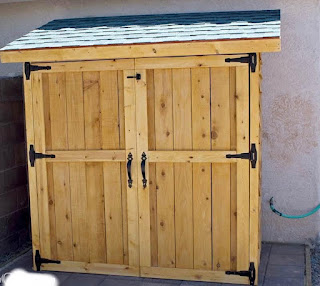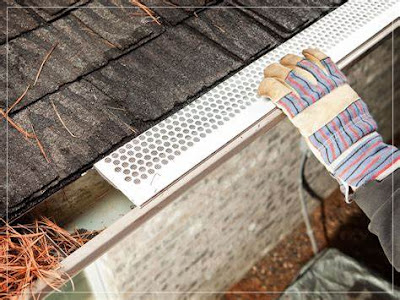When it comes to maximizing storage space in your backyard, a 4x6 lean to shed is an excellent choice. These compact yet functional structures provide a convenient solution for storing your gardening tools, outdoor equipment, and other belongings. In this article, we will explore space-saving 4x6 lean to storage shed designs that allow you to make the most of your available space.
Benefits of Space-Saving 4x6 Lean to Storage Sheds
Before we dive into the various design options, let's take a moment to understand the advantages of space-saving 4x6 lean to storage sheds:
- Optimal use of limited space: With their lean to design, these sheds are ideal for areas with limited space, such as small yards or narrow pathways.
- Efficient storage capacity: Despite their compact size, 4x6 lean to storage sheds offer ample room for your storage needs. They make efficient use of vertical space, allowing you to store items without cluttering your yard.
- Protection from the elements: The slanted roof design of a lean to shed provides effective rainwater runoff and protection from the elements, keeping your belongings safe and dry.
- Accessibility and convenience: The open side of the lean to shed allows for easy access to your stored items. You can quickly retrieve tools or equipment without having to navigate through a traditional shed door.
- Aesthetically pleasing: With their sleek and minimalistic design, 4x6 lean to storage sheds blend well with various architectural styles and add a touch of elegance to your outdoor space.
Space-Saving 4x6 Lean to Storage Shed Designs
Now, let's explore some space-saving designs for your 4x6 lean to storage shed:
1. Wall-Mounted Shelving:
Utilize the vertical space inside your shed by installing wall-mounted shelves. These shelves can hold smaller items, such as gardening tools, pots, or spray bottles. Make use of hooks or pegboards to hang frequently used tools, keeping them within easy reach.
2. Overhead Storage:
Maximize the space above your head by installing overhead storage racks or suspended shelves. These are perfect for storing seasonal items, rarely used equipment, or bulky items that you don't need frequent access to. Ensure the racks are securely fastened to the shed's frame for safety.
3. Fold-Down Workbench:
Add a fold-down workbench to create a functional workspace inside your 4x6 lean to shed. This workbench can be folded up when not in use, saving valuable floor space. It provides a dedicated area for potting plants, performing small repairs, or organizing your gardening tools.
4. Built-In Storage Compartments:
Customize your lean to shed by incorporating built-in storage compartments. These can include shelves, drawers, or cubbies that maximize every inch of available space. Use them to organize smaller items or categorize different types of equipment.
5. Hanging Tool Racks:
Install hanging tool racks on the side walls of your shed to keep long-handled tools, such as rakes, shovels, or brooms, neatly organized. By hanging these tools vertically, you save valuable floor space and make them easily accessible whenever needed.
6. Stackable Storage Bins:
Utilize stackable storage bins or containers to efficiently organize and store smaller items. Label each bin to easily identify the contents, allowing you to quickly locate what you need without rummaging through clutter.
7. Sliding Doors:
Consider installing sliding doors for your lean to shed instead of traditional swing-out doors. Sliding doors save space by not requiring extra clearance for the door swing. They also provide a streamlined and modern look to your shed.
8. Vertical Garden:
Add a touch of greenery to your lean to shed by incorporating a vertical garden on one of the walls. Install wall-mounted planters or use trellises to grow climbing plants. This not only enhances the aesthetic appeal of your shed but also maximizes the use of vertical space.
9. Pegboards and Hooks:
Attach pegboards to the interior walls of your shed and hang hooks to store frequently used tools or equipment. This allows you to keep your items organized, visible, and easily accessible.
10. Utilize the Back Wall:
Don't forget to utilize the back wall of your lean to shed. Install hooks, racks, or shelves to take advantage of the often underutilized space. This can be an ideal spot for storing long, narrow items like ladders or hoses.
Make the Most of Your Storage Space Today
With these space-saving 4x6 lean to storage shed designs, you can optimize your storage capacity and keep your outdoor space organized. Remember to consider your specific needs and customize the designs to suit your preferences. By implementing smart storage solutions, you'll transform your lean to shed into a functional and efficient storage space.
